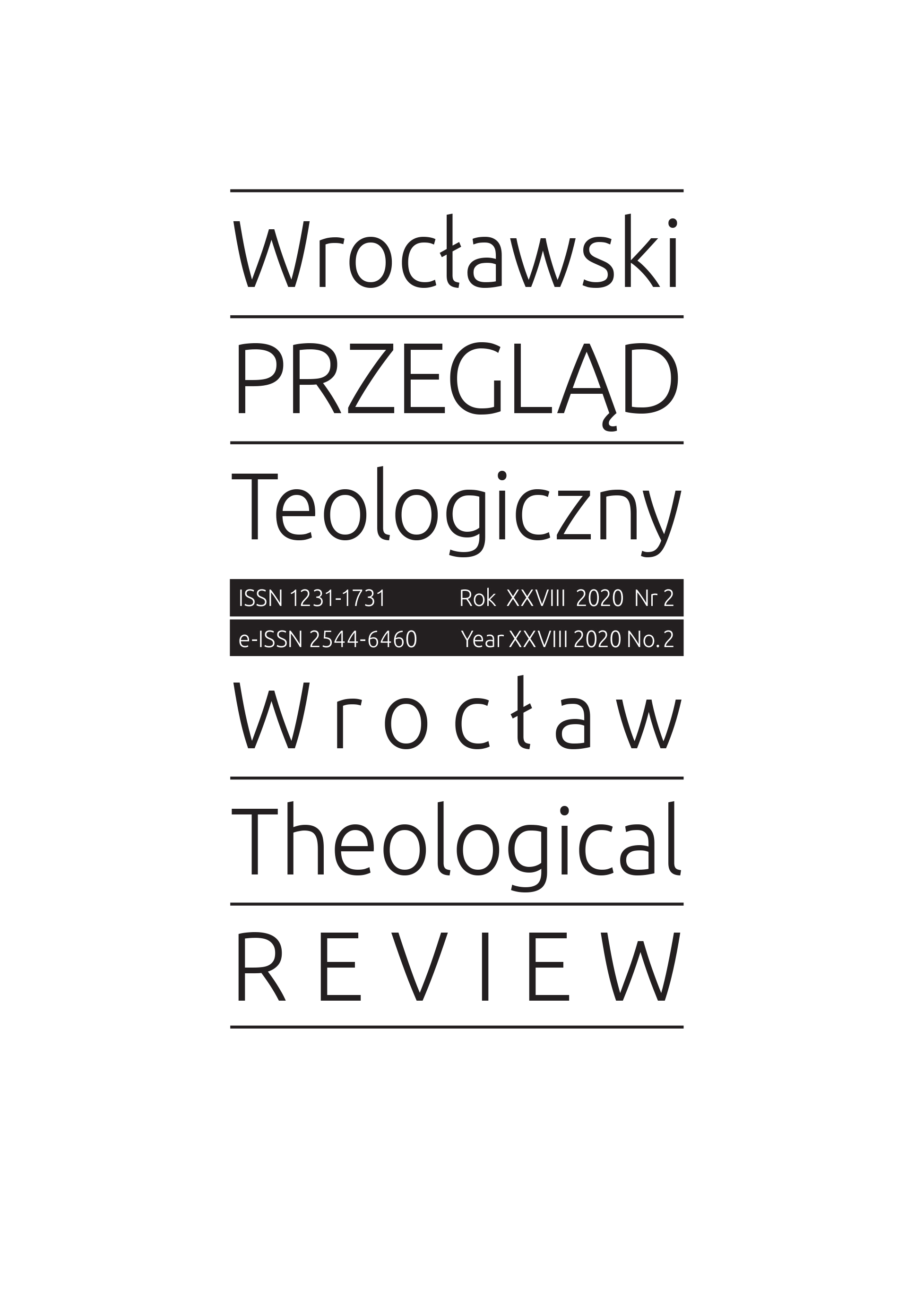Problematyka przekładu toponimów w Septuagincie na przykładzie „wełny z Miletu” (Ez 27,18)
Problem of the Translation of Toponyms in the Septuagint Based on the Example of “Wool of Miletus” (Ez 27:18)
Author(s): Anna Rambiert-KwaśniewskaSubject(s): Christian Theology and Religion, Theology and Religion, Biblical studies
Published by: Papieski Wydział Teologiczny
Keywords: Septuagint; Book of Ezekiel; toponyms; wool; Sahar/Zahar; Miletus; Lamentation over Tyre
Summary/Abstract: In antiquity, wool was traded between the Levant countries and the rest of the known world. Clean, soft wool was especially desirable because it absorbed dyes perfectly, including the purple for which the Phoenician Tyre was famous. In his “Lamentation over Tyre” (Ez 27:1-36) the Hebrew author, followed by a Greek translator, lists a number of cities and regions with which Tyre traded. Ezekiel's material is there- fore an excellent basis for research into translation techniques used in the translation of toponyms. Their analysis and comparison indicates the existence of several types of translation, among them the technique based on association, which will explain the introduction of Miletus to LXX Ez 27:18 in place of the Hebrew Sahar/Zahar. Evidence will be provided by Greek literary texts and papyrus documents from Ptolemaic Egypt.
Journal: Wrocławski Przegląd Teologiczny
- Issue Year: 28/2020
- Issue No: 2
- Page Range: 31-48
- Page Count: 18
- Language: English

